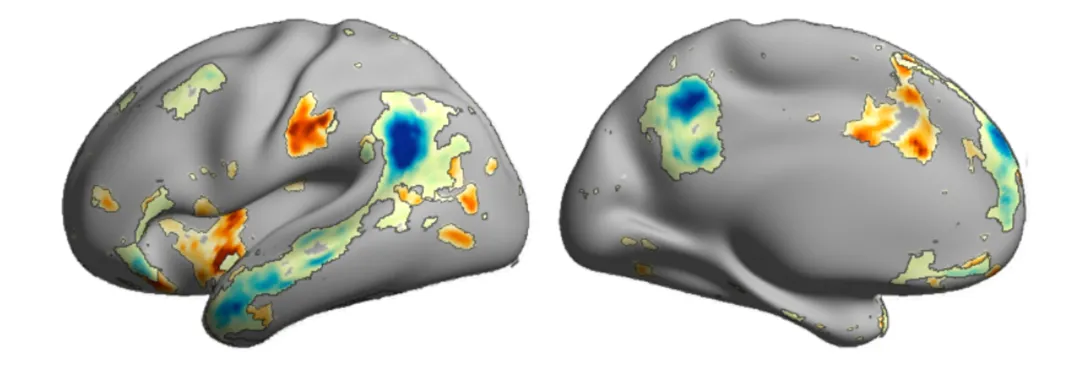Beyond the Cortex: Subcortical Connectivity in Social Cognition
Lorenz Ahle — Hector RCD Awardee Sofie Valk
This project explores how subcortical structures such as the amygdala, thalamus, basal ganglia, cerebellum and hippocampus shape social cognition. Using high-resolution fMRI, diffusion MRI and computational modeling it examines how connections between subcortex and cortex support empathy, perspective taking and emotional regulation.
Social cognition allows humans to understand others and build relationships through cognitive processes like perspective taking and emotional processes like empathy. Most research has focused on the neocortex, but the subcortex with its dense connections remains understudied. This project aims to clarify how subcortical regions including amygdala, thalamus, basal ganglia, cerebellum and hippocampus influence cortical networks during social interactions. It combines ultra high field task-based fMRI and diffusion MRI with histological mapping to map functional interactions and white matter pathways linking subcortex and cortex. Computational approaches such as regression dynamic causal modeling and network control theory simulate how subcortical activity drives transitions between socio cognitive and socio affective brain states. By revealing how these interactions shape empathy, perspective taking and emotional regulation, the project will deepen our understanding of the social brain and individual differences in social behaviour.
Meta-analytical maps of empathy and perspective-taking, based on NeuroSynth (Yarkoni, 2011).

Lorenz Ahle
Max Planck Institute for Human Cognitive and Brain SciencesSupervised by

Sofie Valk
Neuroscience, Psychology, MedicineHector RCD Awardee since 2024


